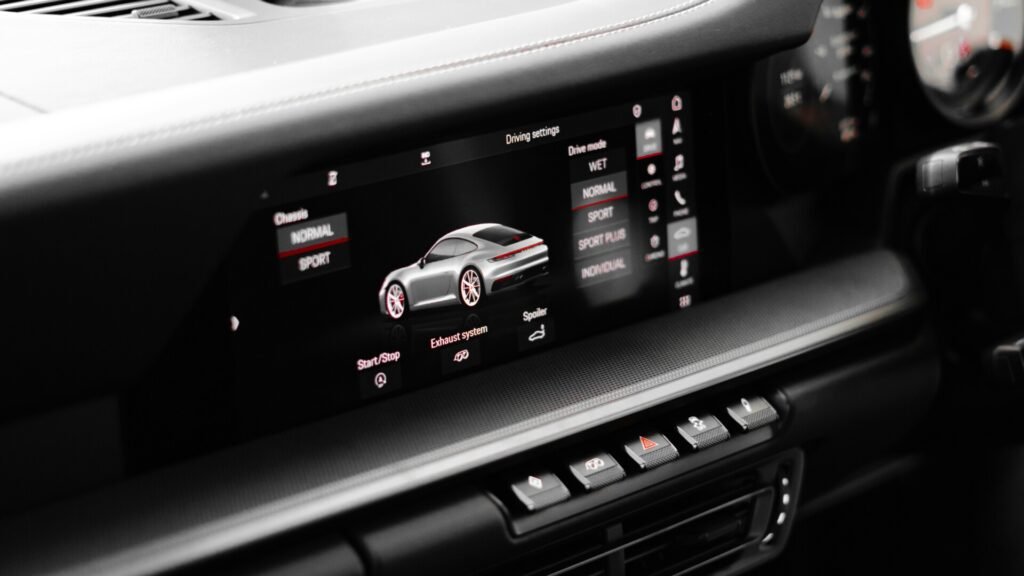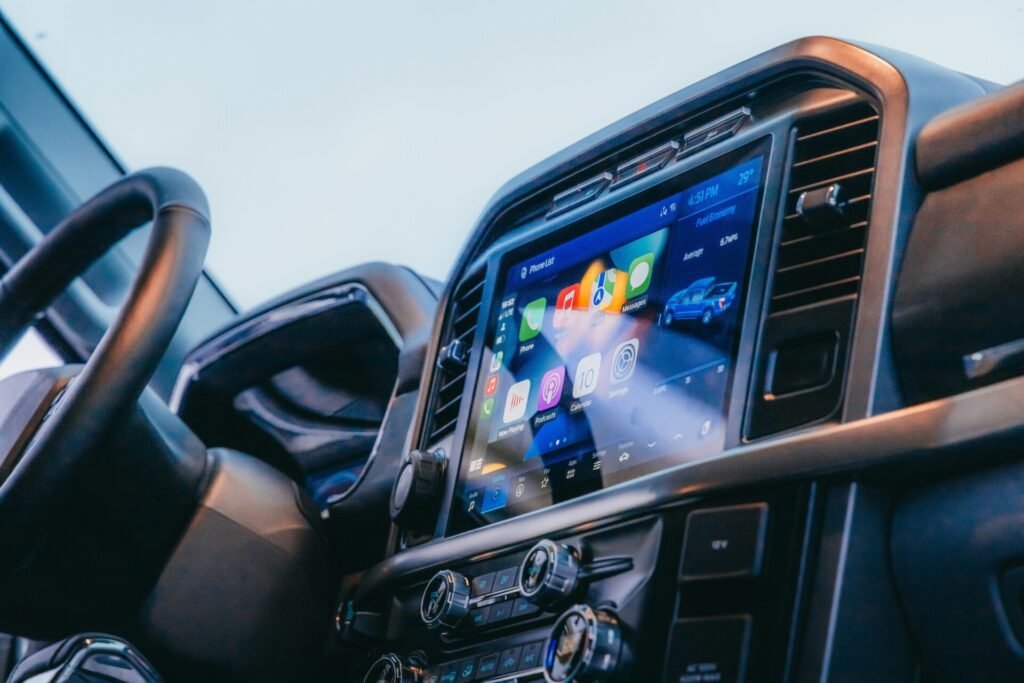The speedy advancing world also introduces autonomous vehicles where occlusion detection plays an important role in providing security and success. This type of detection is useful and refers to the system’s capability to recognize and balance the hurdles that become the cause of hindering a vehicle’s sensors. Also, this system is important for vehicles that assist in checking critical conditions and avoiding any resistance. Also, these systems can function securely in huge conditions, such as the urban world to change the weather conditions by managing the occlusions. Having the understanding and executing the latest obstructing methods that are the basis of efficient and safe autonomous driving systems.
Challenges in Vehicle Surveillance

Facial occlusion is a process where various facial parts are obstructed from different angles, specifically views, and act as important problems in vehicle observation technology. The vehicles that are facilitated by facial recognition systems always deal with facial occlusion, which is important for precise driver checking and safety. There are some conditions, for instance, if a driver wearing a mask or using any object that obstructs the face can restrict the recognition systems. The latest occlusion detection planning should be engaged to confirm these types of systems can flexibly recognize and track the person despite any blockage. Communicating these problems is important to increase the entire vehicle observance success and driver safety.
Facial Recognition Occlusion: Enhancing Driver Monitoring Systems
Facial recognition occlusion is an expert area of blockage detection that only recognizes and reduces the problems that connect with facial recognition systems. When we talk about autonomous vehicles, the right driver checking is important to confirm that vehicles are safely functioning and the driver is attentive. Facial recognition technology should be strong enough to manage such scenarios where the driver’s face parts are obstructed for many reasons. For instance, the use of masks or wearing sunglasses can be the cause of obstruction. Every vehicle manufacturer can increase the safety and flexibility of their independent driving systems by enhancing the system’s capabilities.
Occlusion Facial Detection: A Key Component in Autonomous Navigation
Occlusion facial detection is a major system in sovereign navigation systems, specifically in conditions where facial recognition is useful to verify and check drivers. However, this system is also good at checking and managing situations where facial features are partially obstructed, confirming that systems are working precisely. The successful occlusion facial detection is important to balance the high safety level, correctness, and success of sovereign vehicles. The more your vehicles interact the real-world situations, like different light conditions or unusual obstructions the more the strong occlusion detection functionality is critical for efficient operations.
Masked Face Detection: Addressing Emerging Challenges
The emergence of face detection systems experiencing some challenges for facial recognition systems which is useful in vehicles. Wearing masks is becoming so common and becoming the cause of various health concerns and social tendencies. So, every vehicle system should be modified for the right to recognize persons despite incomplete facial coverage. Besides, masked face detection methods are also involved in the latest algorithms and methods that are easy to recognize and check the person even if some face parts are not visible. Furthermore, these modifications are important to balance the facial recognition system’s success in vehicles confirming that driver checking and safety features are constant to operate accurately in huge conditions.
Face Recognition Occlusion: Future Directions and Innovations
The future of face recognition occlusion will constantly become advanced and become the most important research area for new development for vehicle technology. New developments in occlusion detection and facial recognition will enhance the further improvements in terms of precision and system reliability. Future advancements will also involve the incorporation of various sensor types, like increased machine learning algorithms and experienced data to process the techniques to communicate different types of occlusion. Staying informed about new technological advancements enables the industries to ensure that sovereign vehicles are safe, and functioning, and can expect the driving challenges in the real world.











